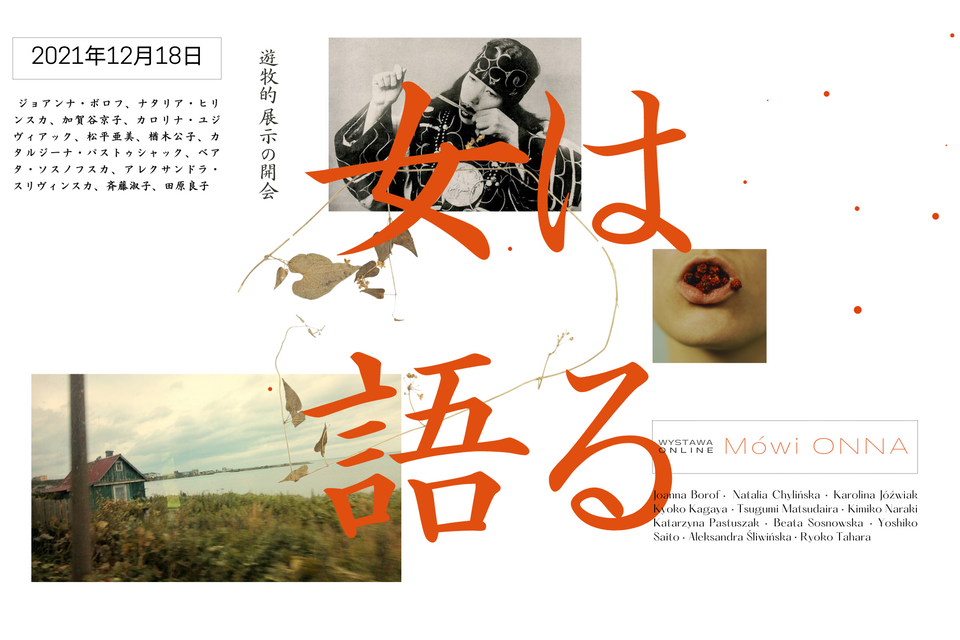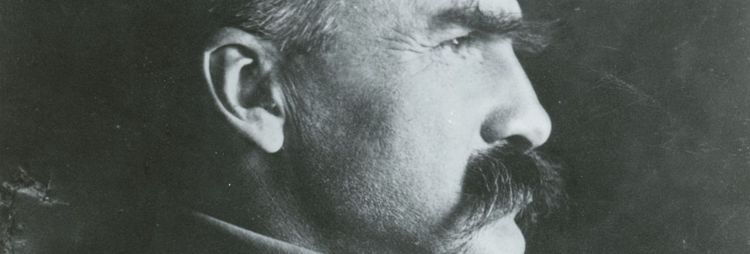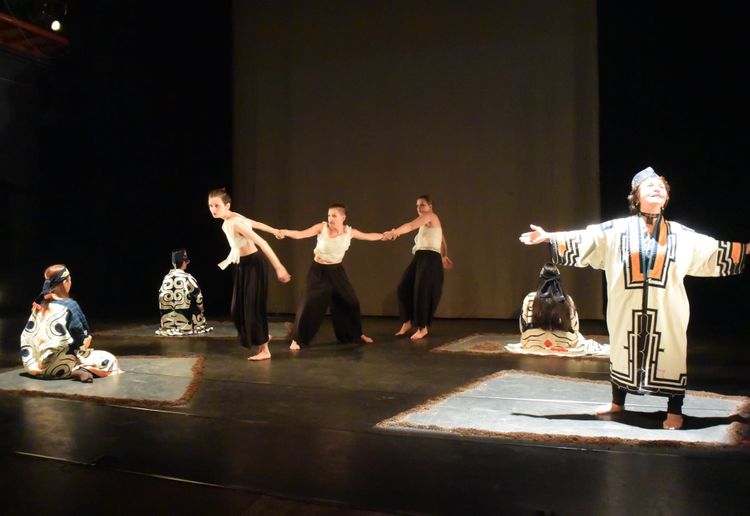Interview with Performers of Mówi ONNA

CEMiPoS Director Hiroshi Maruyama had the privilege of joining the Ainu and Polish performers of Mówi ONNA in a roundtable discussion. A recording of their conversation with distinguished guests is below, as well as Hiroshi's comments on the event and a transcript of his speech in Japanese.
On December 18th, the opening ceremony of the Nomadic Online Exhibition titled Mówi ONNA (She Speaks) was held with the deputy mayor of Gdansk Monika Chabior as well as distinguished Polish and Ainu women who had performed in attendance. It was chaired by Sylwia Chutnik, influential writer, feminist, promoter of female art dedicated to herstories in the Polish and European cultural context. I was honored to witness and participate in the herstorical moment marked by Polish and Ainu women.
ポーランドのアーティストの皆さん、そして、メノコモシモシ(アイヌ女性会議)の皆さん、遊牧的展示「女は語る」の開幕、おめでとうございます。この歴史的瞬間に立ち会えることができ、私もうれしく思います。心からお祝い申し上げます。
2018年5月、アマレヤ劇団のカタルジーナ・パストゥシャック博士の招きでグダンスクをはじめて訪れました。滞在中、印象深いことは2つあります。一つは、移民の受け入れの援助団体の集会に参加したとき、当時のグダンスク市長パーベル・アダモビッチ(Paweł Adamowicz)氏が活動に寄与した市民一人ひとりを表彰している姿を目の当たりにし、グダンスク市民の暖かさに強く打たれたこと。もう一つはヨーロッパ連帯センター(European Solidarity Centre)で連帯運動(
Solidarity movement)の闘いをつぶさに見学し、グダンスク市民の強さを深く心に刻んだことです。
振り返ってみれば、19世紀末、ブロニスワフ・ピウスツキ(Bronisław Piotr Piłsudski)が樺太(Karafuto, Sakhaline)でアイヌの人々に出会って以来、ポーランド人−アイヌ人ー日本人の特別な関係がつくられてきました。とても友好的で深いつながりです。アマレヤは、グダンスクの伝統とともに、ピウスツキの歴史も引き継ぎ、発展させています。
アイヌ女性も厳しい同化政策の中、和人(Settler Japanese)が残していった多くの子どもたちを育てたことはよく知られています。ポーランド女性同様、暖かさと強さを兼ね備えているのです。この両者の出会いがアートとして結実したのが本日開催される、遊牧的展示「女は語る」です。ご参加の皆様、どうぞお楽しみください。




